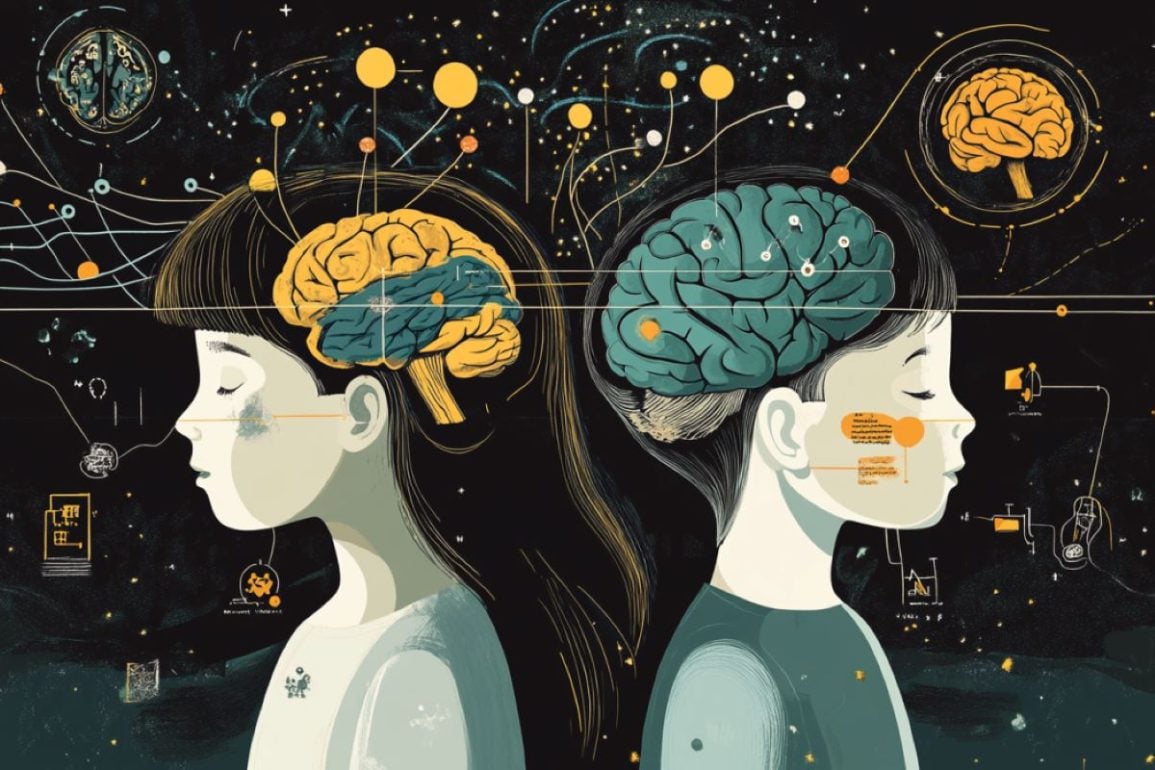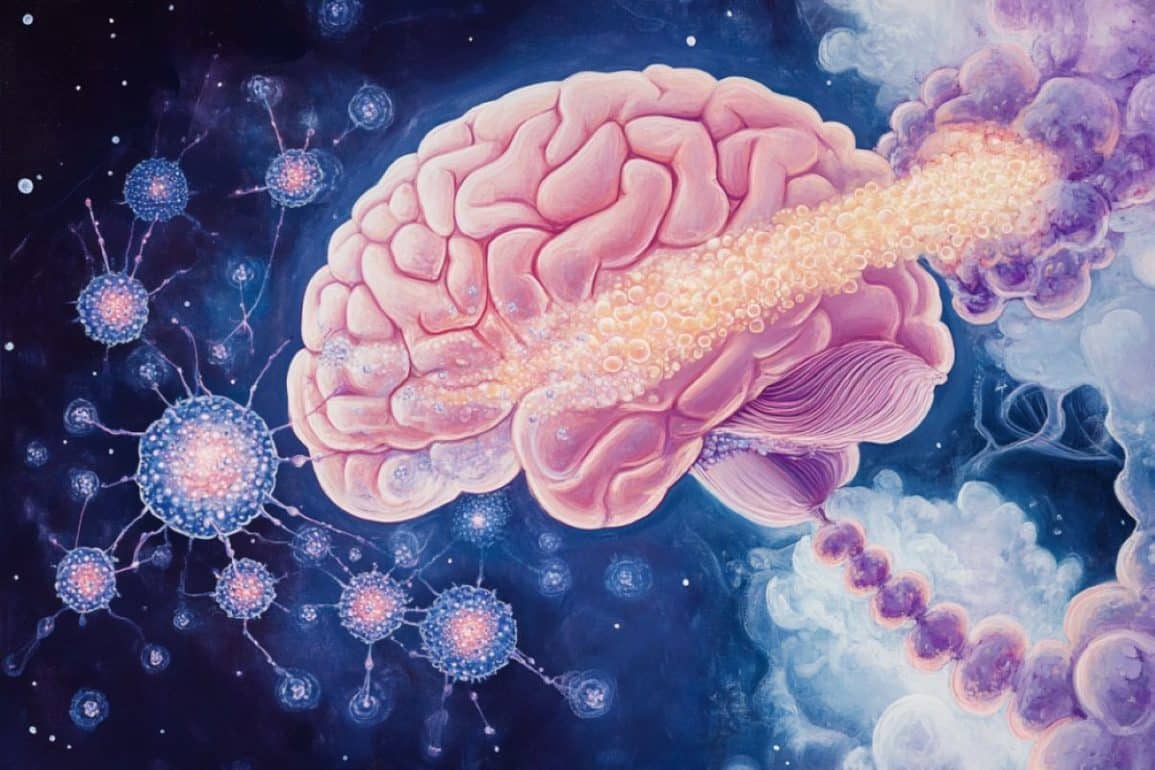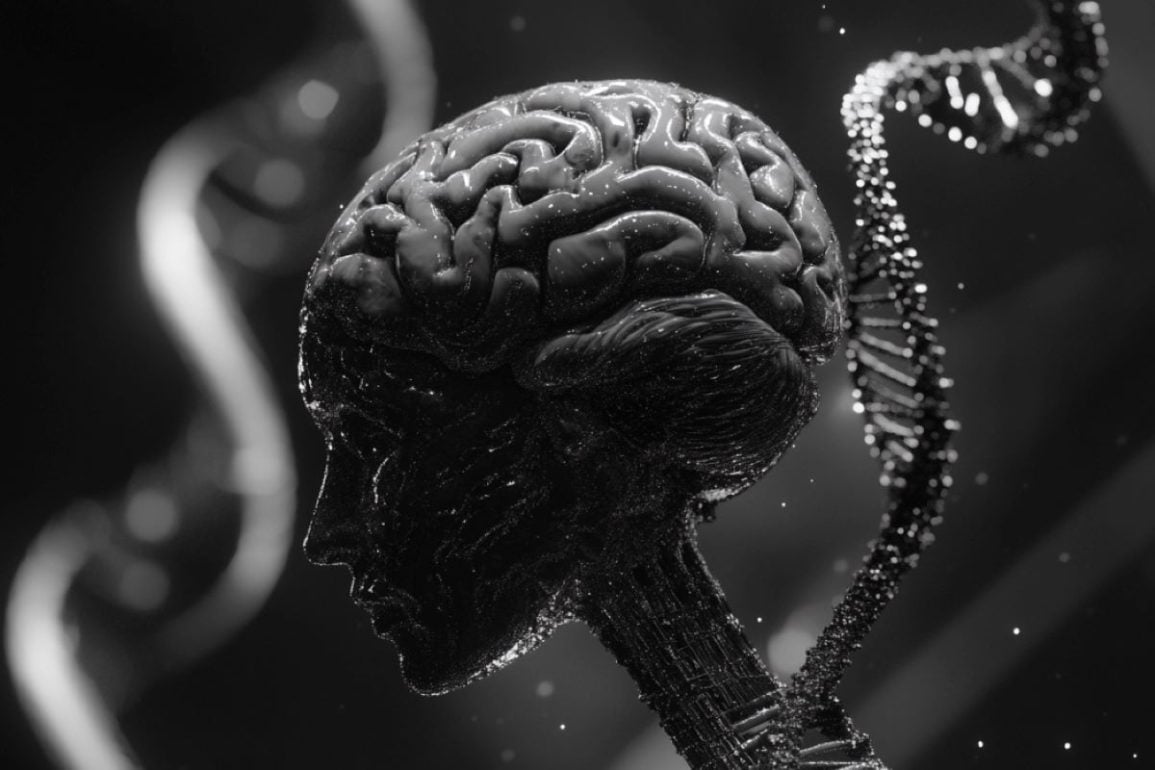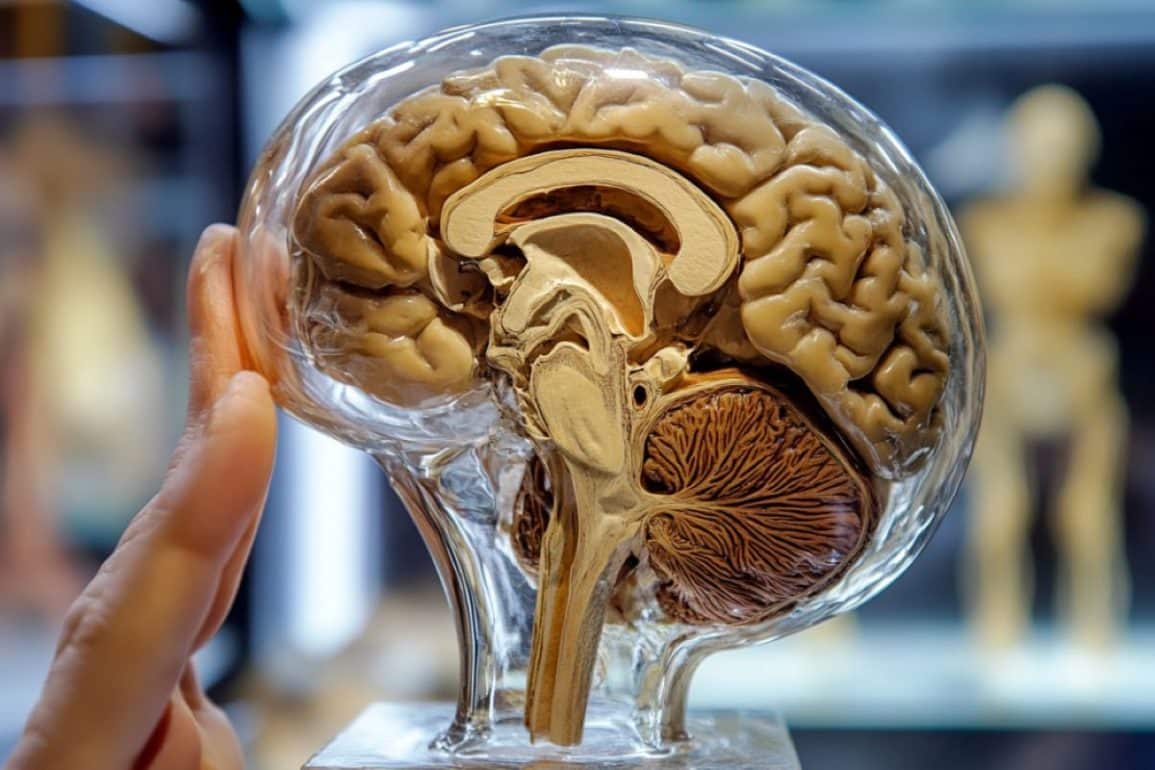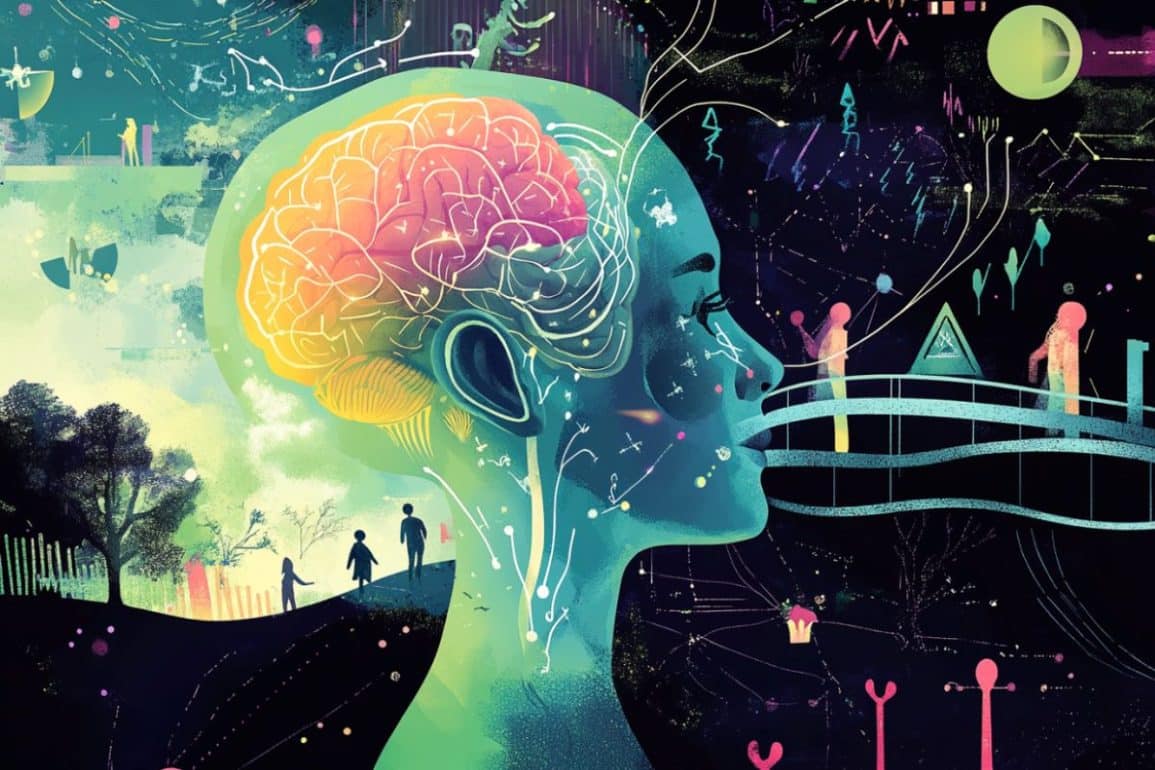 Childhood attention issues, coupled with genetic predispositions, increase the likelihood of experiencing psychotic-like symptoms in adolescence. By analyzing data from 10,000 youths, researchers discovered that variability in attention spans partially explains how genetic risk factors translate into psychotic-like symptoms.
Childhood attention issues, coupled with genetic predispositions, increase the likelihood of experiencing psychotic-like symptoms in adolescence. By analyzing data from 10,000 youths, researchers discovered that variability in attention spans partially explains how genetic risk factors translate into psychotic-like symptoms. Reading view
Childhood Attention Problems and Genes Linked to Psychosis Risk
 Childhood attention issues, coupled with genetic predispositions, increase the likelihood of experiencing psychotic-like symptoms in adolescence. By analyzing data from 10,000 youths, researchers discovered that variability in attention spans partially explains how genetic risk factors translate into psychotic-like symptoms.
Childhood attention issues, coupled with genetic predispositions, increase the likelihood of experiencing psychotic-like symptoms in adolescence. By analyzing data from 10,000 youths, researchers discovered that variability in attention spans partially explains how genetic risk factors translate into psychotic-like symptoms. Prenatal Cannabis Use Linked to Child Aggression and Cognitive Deficits
 Prenatal exposure to cannabis can negatively impact children’s thinking and behavioral skills, including impulse control, attention, and aggression, which are key for academic and social success. The study observed preschool-aged children with prenatal cannabis exposure and found they showed poorer control over impulses and emotions.
Prenatal exposure to cannabis can negatively impact children’s thinking and behavioral skills, including impulse control, attention, and aggression, which are key for academic and social success. The study observed preschool-aged children with prenatal cannabis exposure and found they showed poorer control over impulses and emotions. Autistic Children’s Fascination with Letters Offers Learning Clues
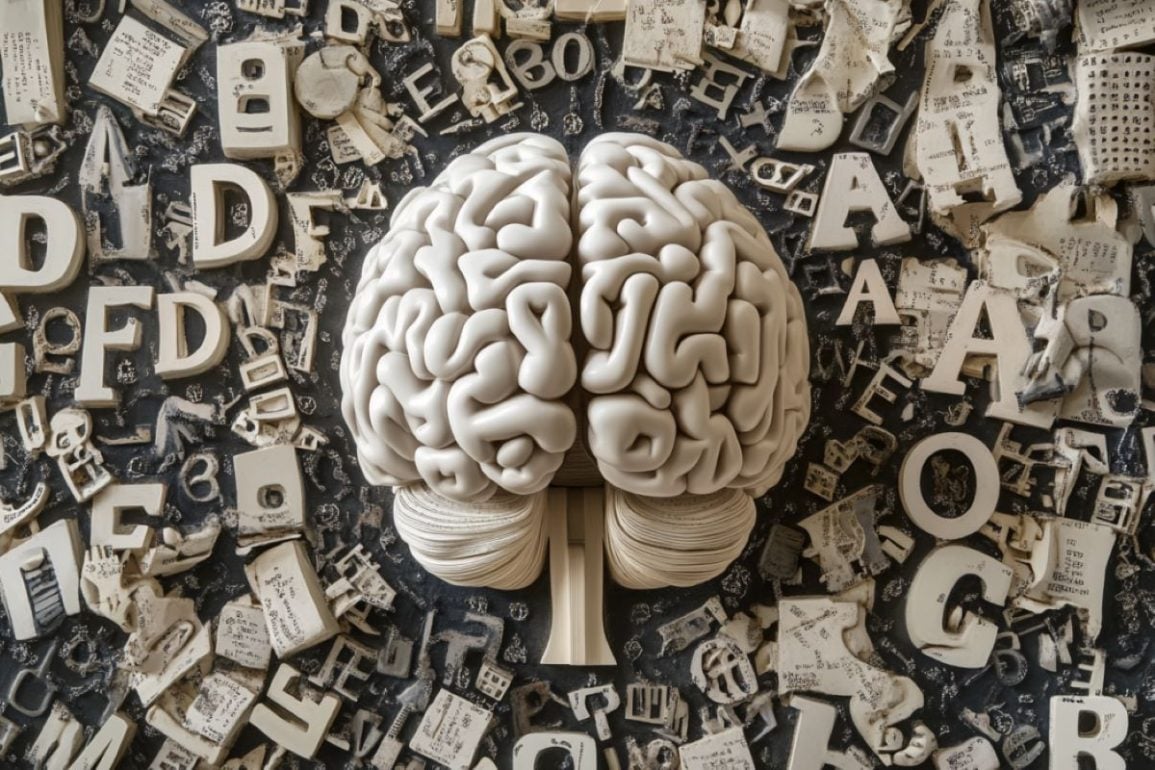 A recent study highlights that many autistic children show an intense interest in letters and numbers, which may play a distinct role in their language development. By analyzing clinical records and interviewing parents, researchers found that 37% of autistic children had a strong interest in letters, in contrast to just 3% of non-autistic peers. This interest often emerges around 30 months, aligning with typical development timelines but diverging in how it's applied.
A recent study highlights that many autistic children show an intense interest in letters and numbers, which may play a distinct role in their language development. By analyzing clinical records and interviewing parents, researchers found that 37% of autistic children had a strong interest in letters, in contrast to just 3% of non-autistic peers. This interest often emerges around 30 months, aligning with typical development timelines but diverging in how it's applied. Newborns’ Brains Recognize Complex Sound Patterns
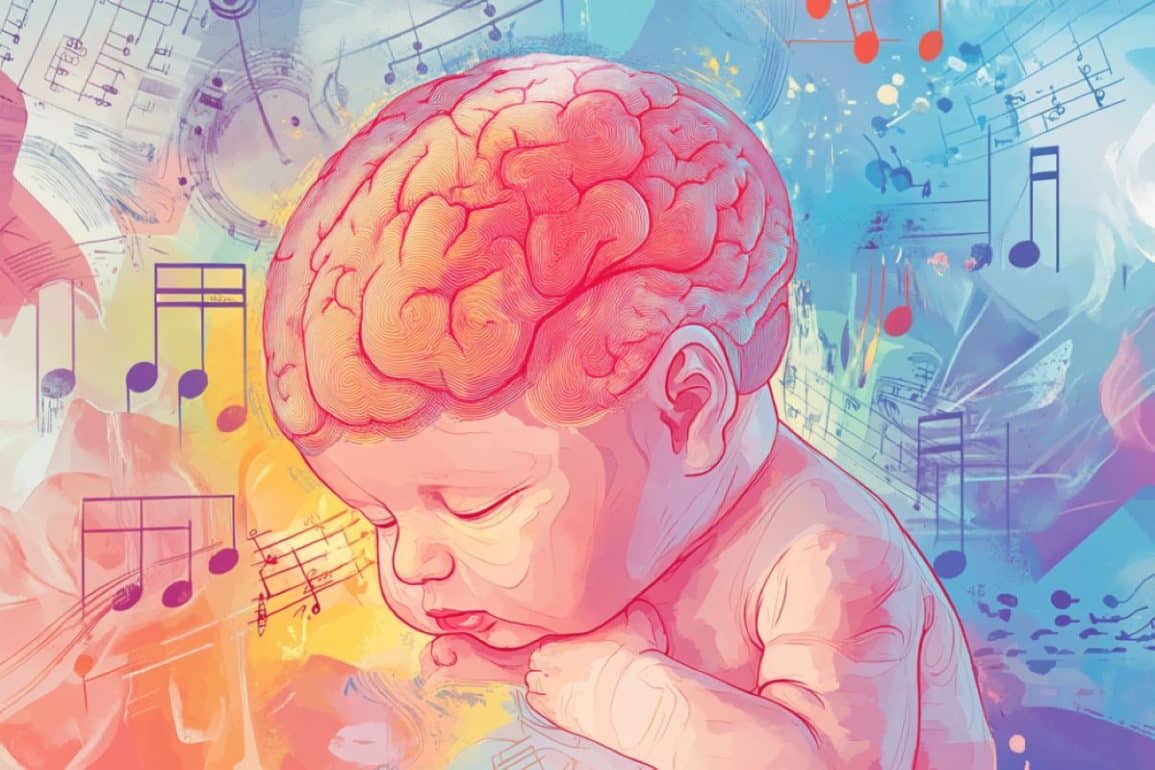 New research shows that newborns can detect complex sound patterns that follow non-adjacent, language-like rules, suggesting that the ability to process such sequences is innate. Using near-infrared spectroscopy, researchers observed newborn brain responses to sequences of tones, finding that infants could distinguish between correct and incorrect patterns. The study found that this early ability activates language-related networks, particularly in the left hemisphere, highlighting a foundation for future language skills.
New research shows that newborns can detect complex sound patterns that follow non-adjacent, language-like rules, suggesting that the ability to process such sequences is innate. Using near-infrared spectroscopy, researchers observed newborn brain responses to sequences of tones, finding that infants could distinguish between correct and incorrect patterns. The study found that this early ability activates language-related networks, particularly in the left hemisphere, highlighting a foundation for future language skills. Youth Face Rising Risks of Harassment and Exploitation in the Metaverse
 A new study reveals that youth are vulnerable to various forms of harm in the metaverse, including bullying, harassment, and sexual exploitation. Using data from over 5,000 U.S. teens, researchers found significant incidents of hate speech, sexual harassment, and grooming behavior in virtual reality (VR) spaces.
A new study reveals that youth are vulnerable to various forms of harm in the metaverse, including bullying, harassment, and sexual exploitation. Using data from over 5,000 U.S. teens, researchers found significant incidents of hate speech, sexual harassment, and grooming behavior in virtual reality (VR) spaces. Removing Pre-Bed Screen Time Improves Toddler Sleep
 A world-first trial shows that eliminating screen time in the hour before bed significantly improves toddlers' sleep quality. The study involved 105 families and found that toddlers who replaced screen time with calming, non-screen activities slept more efficiently and woke up less during the night.
A world-first trial shows that eliminating screen time in the hour before bed significantly improves toddlers' sleep quality. The study involved 105 families and found that toddlers who replaced screen time with calming, non-screen activities slept more efficiently and woke up less during the night. 3D Brain Atlas Maps Key Stages of Brain Development
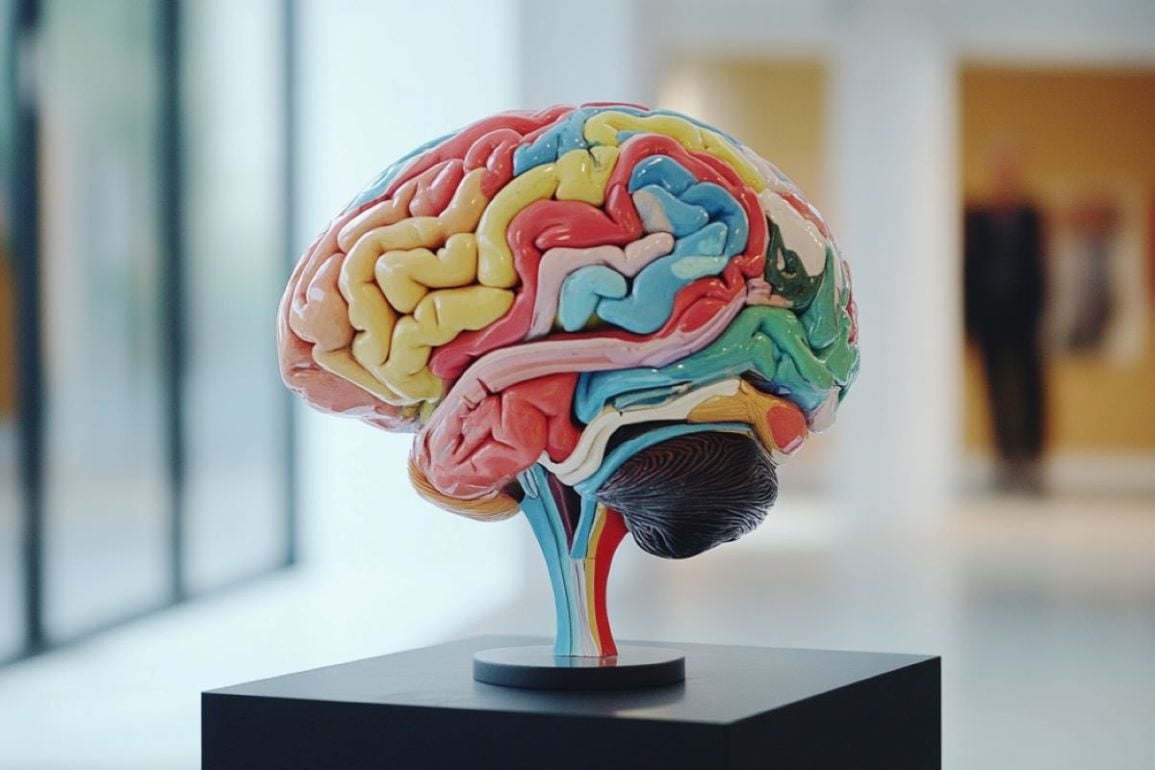 Researchers have created a 3D atlas of the developing mouse brain, offering a dynamic, high-resolution view of brain structures during embryonic and post-natal stages. This new tool allows scientists to explore how brain cells, such as GABAergic neurons linked to neurological disorders, emerge and interact during development.
Researchers have created a 3D atlas of the developing mouse brain, offering a dynamic, high-resolution view of brain structures during embryonic and post-natal stages. This new tool allows scientists to explore how brain cells, such as GABAergic neurons linked to neurological disorders, emerge and interact during development. Autism Risk in Males Linked to Y Chromosome
 New research suggests that the Y chromosome may be responsible for the higher prevalence of autism in males, shifting focus away from protective factors on the X chromosome. Analyzing genetic data, researchers found that individuals with an additional Y chromosome were twice as likely to have an autism diagnosis, while an extra X chromosome had no effect on autism risk.
New research suggests that the Y chromosome may be responsible for the higher prevalence of autism in males, shifting focus away from protective factors on the X chromosome. Analyzing genetic data, researchers found that individuals with an additional Y chromosome were twice as likely to have an autism diagnosis, while an extra X chromosome had no effect on autism risk. Folic Acid Reduces Lead’s Impact on Autism Risk
 A study has shown that folic acid supplementation during pregnancy may reduce the link between maternal blood lead levels and autistic-like behaviors in children. By examining data from pregnant women and their toddlers, researchers found stronger associations between lead exposure and autism traits in cases of low folic acid intake.
A study has shown that folic acid supplementation during pregnancy may reduce the link between maternal blood lead levels and autistic-like behaviors in children. By examining data from pregnant women and their toddlers, researchers found stronger associations between lead exposure and autism traits in cases of low folic acid intake. Genetic Influences on Youth Behavior and Mental Health
 Researchers have used an innovative approach to explore genetic links to mental health issues in youth, identifying associations with behaviors such as screen time and caffeine consumption. By focusing on polygenic scores that reflect genetic predispositions, the study highlights a range of potentially modifiable factors that may contribute to psychiatric risk.
Researchers have used an innovative approach to explore genetic links to mental health issues in youth, identifying associations with behaviors such as screen time and caffeine consumption. By focusing on polygenic scores that reflect genetic predispositions, the study highlights a range of potentially modifiable factors that may contribute to psychiatric risk. Human-Specific Genes Reveal Link Between Brain Growth and Autism
 Researchers have found a link between two human-specific genes and the gene SYNGAP1, a factor in intellectual disabilities and autism spectrum disorders. These genes, SRGAP2B and SRGAP2C, slow down synapse development, a hallmark of prolonged brain growth thought to enhance learning in humans. By turning off these genes in human neurons, scientists observed accelerated brain connectivity development, mimicking changes seen in certain neurodevelopmental conditions.
Researchers have found a link between two human-specific genes and the gene SYNGAP1, a factor in intellectual disabilities and autism spectrum disorders. These genes, SRGAP2B and SRGAP2C, slow down synapse development, a hallmark of prolonged brain growth thought to enhance learning in humans. By turning off these genes in human neurons, scientists observed accelerated brain connectivity development, mimicking changes seen in certain neurodevelopmental conditions. Motor Delays May Predict Genetic Disorders in Kids
 A recent study reveals that motor delays and low muscle tone are strong indicators of an underlying genetic diagnosis in children with neurodevelopmental disorders. Researchers reviewed patient records to identify early signs, finding that 75% of children with motor delays had genetic diagnoses. Early identification can enable families to seek genetic testing, potentially offering targeted treatments or monitoring for related medical issues.
A recent study reveals that motor delays and low muscle tone are strong indicators of an underlying genetic diagnosis in children with neurodevelopmental disorders. Researchers reviewed patient records to identify early signs, finding that 75% of children with motor delays had genetic diagnoses. Early identification can enable families to seek genetic testing, potentially offering targeted treatments or monitoring for related medical issues. Teen Friendships Shape Long-Term Wellbeing
 New research reveals that teenage friendships lay crucial foundations for adult wellbeing, with the timing and nature of these friendships playing a pivotal role. Early adolescence social acceptance is linked to better adult mental health, while close friendships in later teens impact job satisfaction and romantic stability.
New research reveals that teenage friendships lay crucial foundations for adult wellbeing, with the timing and nature of these friendships playing a pivotal role. Early adolescence social acceptance is linked to better adult mental health, while close friendships in later teens impact job satisfaction and romantic stability. 